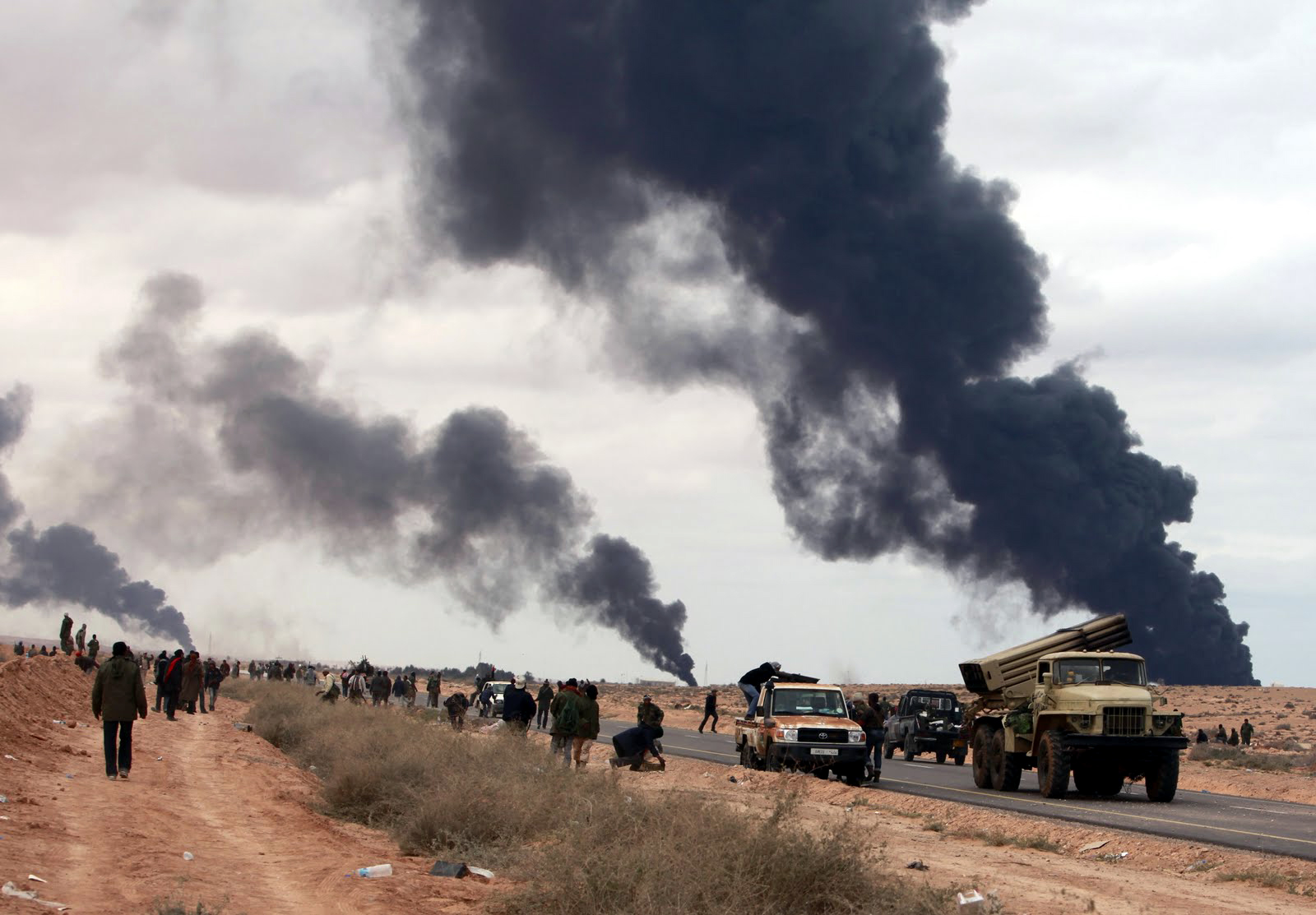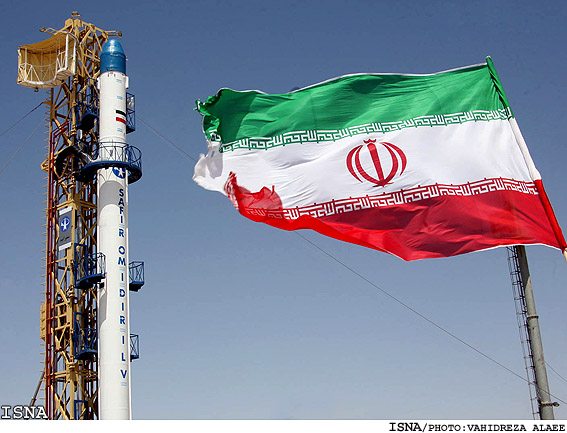As the prospect of a long stalemate rises in Libya, the fog of war could get thicker for NATO after two friendly fire incidents highlighted the limitations of its aerial campaign.
Rebels and Moamer Kadhafi forces have battled back-and-forth on a desert road near the flashpoint eastern city of Brega, using similar vehicles that have made it difficult for NATO warplanes to tell the two sides apart.
The alliance admitted Friday that it had no clue the rebels were using tanks when its warplanes accidentally hit them the day before, killing four people and underscoring the poor communication between the opposition and NATO.
The lack of discipline and experience among the rebels, outgunned and outnumbered by Kadhafi forces, was evident last weekend when NATO warplanes replied in self-defence after some fighters fired celebratory tracers in the air.
Nine fighters and four civilians died in that incident.
“If a stalemate were to take place, you would see more of these things,” said Jeffrey Lightfoot, a security expert at the Washington-based Atlantic Council think tank.
The rebels are growing impatient with NATO, which took command of the air battle on March 31 from a Western coalition that had been led by the United States for the previous 12 days.
In the west, the regime has besieged the insurgent-held city of Misrata for more than a month, raising fears of a humanitarian crisis while exasperated rebels accuse the alliance of failing to protect civilians.
Regime loyalists have made it difficult for NATO warplanes to hit them by hiding their tanks and heavy artillery in populated areas after the Western strikes destroyed 30 percent of Kadhafi’s military machinery.
“Pro-Kadhafi forces are using human shields and are parking tanks next to mosques and schools, so it’s very hard to pinpoint any of this military hardware without causing civilian casualties,” said NATO spokeswoman Oana Lungescu.
NATO is also constrained by a UN Security Council resolution that limits its rules of engagement to protecting civilians while remaining strictly impartial in the conflict.
To military experts, this all adds up to stalemate with no end in sight, with Kadhafi entrenched in his Tripoli stronghold in the west and the rebels holding the fort in their bastion of Benghazi in the east.
“Nobody can say today how long Operation Unified Protector will last,” said Francois Heisbourg, special adviser to the Foundation for Strategic Research in Paris.
“We are seeing a de facto partition of the country between Cyrenaica in the hands of rebels in the east and Tripolitania controlled by Kadhafi in the west, with a mobile front in the Gulf of Sirte. In short, it’s a stalemate,” he said.
US General Carter Ham, who led the first stage of the coalition air campaign, conceded on Thursday that the conflict appeared to be turning into a stalemate and said the rebels were unlikely to fight their way to Tripoli.
“The clock is ticking for NATO and the clock is ticking for Colonel Kadhafi, and it’s not quite clear who can outlast whom,” Lightfoot said.
The United States withdrew its attack planes from the campaign last week and moved into a supporting role, but analysts say the US military may have to bring back its unmatched air power in order for NATO to make a difference.
The US A-10 ground attack aircraft and the A-130 gunship, a tank killer, are equipped with precise weaponry that could avoid more friendly fire incidents that would erode public support for NATO’s involvement in the conflict.
A long stalemate could also force the alliance to deepen its involvement by providing weapons and training to the rebels, analysts said.
NATO is only “halfway involved, not enough to make a difference” in the conflict, Lightfoot said.
“They’re not making enough of a difference to achieve the political outcome that the West has stated,” he said, which is “to see Moamer Kadhafi leave.”











